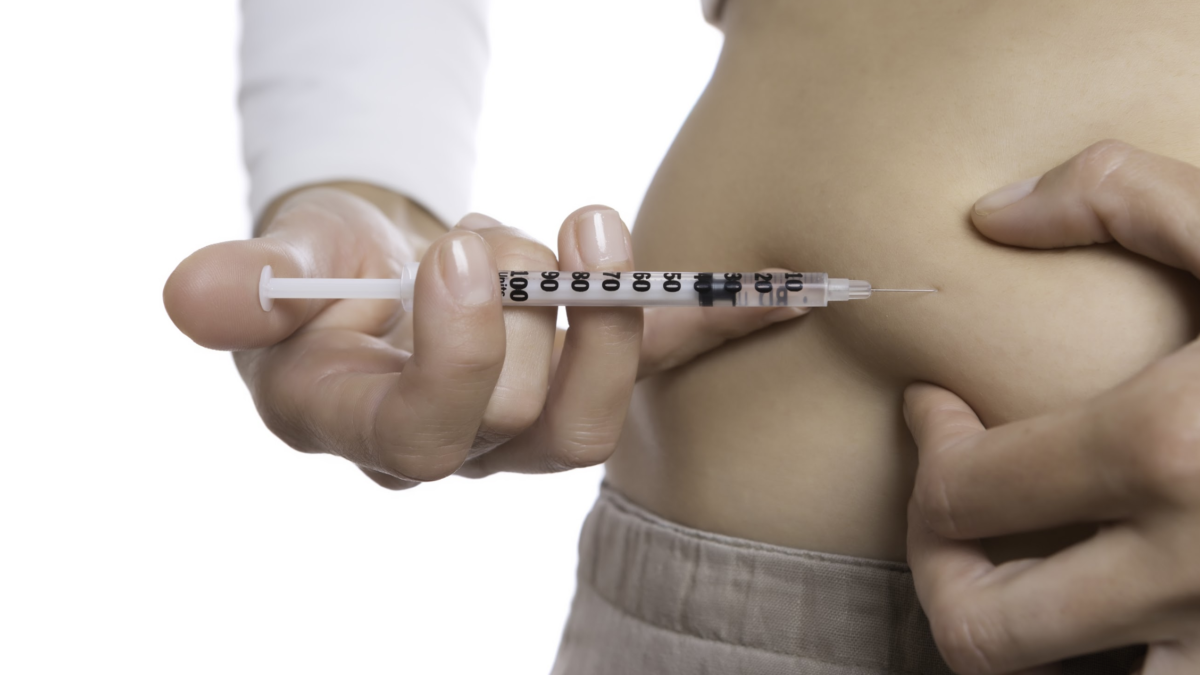Physical Activity and diabetes
Diabetes or diabetes Mellitus belongs to a group of metabolic diseases. In addition to diabetes, the most common metabolic diseases are hyperlipidemia and obesity. If they are not properly treated, they can lead to various metabolic problems, including coronary artery disease and damage to the blood vessels. Statistics from 2015 sais that there are 30.3 million people suffering from diabetes in the United States alone and 84.1 million people over the age of 18 have prediabetes. Furthermore, 12 million elderly people are suffering from diabetes. Diabetes mellitus is the seventh cause of death in the United States, directly responsible for nearly 80 000 deaths and indirectly for more than 250 000 deaths annually. In the Republic of Croatia in 2014 more than 250 000 people suffered from diabetes.
Diabetes is divided into two basic types, diabetes type 1 and type 2 which are defined by reduced production, effectiveness and action of insulin. Both types of diabetes result in increased levels of blood glucose, a condition called hyperglycemia.
What are the differences between the two types of diabetes?
Diabetes type 2 is more prevalent than diabetes type 1. Prevalence of type 1 diabetes type 1 is 5-10% of all diabetics. It is characterized by an absolute lack of insulin secretion in the blood, i.e. the body does not produce insulin due to the lack of beta cells in the pancreas that are responsible for the secretion of insulin. Our body breaks the sugars and starch that we ingest on simple sugars, i.e. glucose that is used as energy. Pancreas secrets insulin, a hormone that insulin needs for entering each cell.
Diabetes type 2 is characterized by increased blood glucose as a result of insulin resistance. Initially, the pancreas produces extra insulin, but over time it does not secrete enough insulin to maintain the blood glucose level at an adequate level. Obesity, and especially abdominal obesity is leading cause of type 2 diabetes. This does not mean that every obese person will get sick of diabetes as many people think. In addition to obesity, other risk factors include family history, age, ethnicity and malnutrition. Physical activity positively affects the reduction of body weight, increases insulin sensitivity and improves glucose metabolism. In addition, physical activity is preventing and/or delaying diabetes related complications, namely peripheral and coronary atherosclerotic vascular diseases. Physical activity plays a significant role in the life of diabetics. A recommended amount of physical activity in people suffering from type 2 diabetes can reduce the risk of cardiovascular diseases by 54%.
What physical activity do you implement?
General recommendations for the implementation of aerobic activities for people with diabetes are 5-7 days a week of any aerobic activity that people can carry out without negatively influencing their health. So, if a person is obese, we will choose activities such as walking, swimming or riding on a bicycle before running because of excessive load on the locomotor system. When selecting activities for obese people it is also necessary to account for volume and frequency of training that will maximize weight loss. The training intensity should be at 50-80% HRR or 12-16 on the Borg load scale (RPE-Rate of perceived exertion). Duration of activities from 20 to 60 minutes, or at least 150 minutes per week at moderate intensity or 90 minutes per week of high intensity. Recommended activities are walking, slow running, aerobic water activities etc. With aerobic activities it is necessary to carry out training with a load of 2-3 days a week, 60-80% of 1RM (repetition maximum). Training can consist of 8-12 exercises that we can repeat in the 2-3 series with warm-up and cool-down at the completion of training. The exercises recommended are those that trigger large muscle groups (4-5 exercises for the lower body and 4-5 exercises for the upper body). From equipment, elastic bands, free weights and machines can be used.
Physical activity plays an important role in the prevention and control of insulin resistance, prediabetes, diabetes and health complications associated with diabetes. Aerobic exercises and workouts improve insulin activity and can help control blood glucose levels, lipids, blood pressure, risk of cardiovascular disease and mortality. However, these activities must be regularly implemented to achieve health benefits. Most people suffering from diabetes can safely exercise if precautions are taken. The inclusion of diabetic people in the exercise program is necessary for enhancing their health status and longevity.





